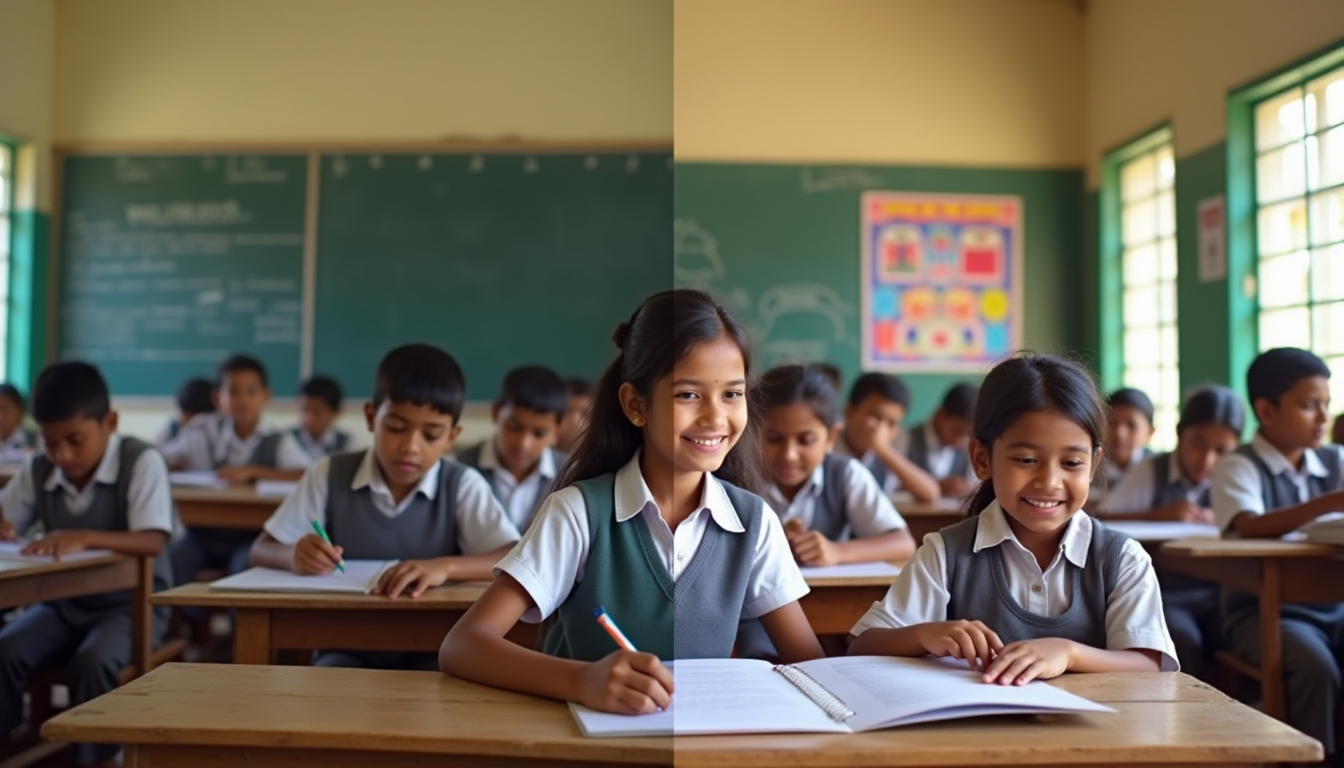Interleaving: Sharpen Your Brain with This Hack

It’s a bustling afternoon in Ms. Priya’s 6th-grade classroom, and Sameer’s diving into a Tailwnd platform task. One minute, he’s solving a fraction problem; the next, he’s graphing a line, then tackling a geometry puzzle. The mix feels like a mental workout, but by the end, Sameer’s not just solving problems—he’s connecting dots, spotting when to use each skill. This is Interleaving, a science-backed technique that’s rewiring how students learn.
At Tailwnd, we train teachers and build adaptive student platforms to make Learning Science strategies like Interleaving click for every learner, tailored to their unique behaviors. Here’s how it supercharges understanding and why it’s a must for classrooms.
What Is Interleaving?
Interleaving means mixing different topics or skills during study, unlike “blocking,” where you focus on one thing at a time. Picture shuffling a deck of cards: instead of sorting by suit, you blend them for variety. Sameer’s platform switches between math concepts, keeping his brain alert. A 2020 Journal of Educational Psychology study found Interleaving boosts retention by 30% over blocking, as it strengthens neural pathways through varied recall.
How It Sharpens Your Brain
Interleaving trains the brain to differentiate concepts and pick the right strategy, like choosing the perfect key for a lock. When Sameer jumps from fractions to geometry, he learns to spot what makes each problem unique, enhancing critical thinking. A 2021 Learning and Memory study showed this mixing improves problem-solving by 25%, as it mirrors real-world challenges where tasks rarely come neatly packaged.
It also turbocharges memory. By spacing and switching topics, Interleaving forces the brain to retrieve knowledge repeatedly, embedding it deeper. This “desirable difficulty” makes learning stickier. For example, interleaving vocabulary and grammar in language arts helps students apply words in context, not just memorize lists. A 2022 Cognitive Science study noted that interleaved practice boosts adaptability, preparing kids for dynamic settings like group projects or future careers.
Why Embrace Interleaving?
Interleaving keeps learning fresh, preventing the monotony of repetitive drills. It’s versatile—mixing chords in music practice, verb tenses in Spanish, or historical events in social studies. It builds resilience, as students embrace the challenge of switching, and fosters engagement by keeping brains active. Tailwnd’s platform personalizes this: if Sameer struggles with fractions, it adjusts the mix to balance challenge and mastery, while our teacher training equips educators to design interleaved lessons. A 2023 Educational Research Review study found adaptive strategies like these increase student motivation by 35%.
How to Start Interleaving
- Students: Mix topics in short bursts. Study 10 minutes of algebra, then 10 of geometry, then revisit algebra.
- Teachers: Use Tailwnd’s platform to assign mixed quizzes or weave varied skills into classwork, like blending reading and writing tasks.
- Parents: Encourage kids to alternate subjects during homework, like science then history, to keep minds sharp.
At Tailwnd, we’re crafting environments where Interleaving thrives, helping students like Sameer own their learning with confidence and clarity.
Your Turn: How will you mix up your learning? Share below or tweet @TailwndAI. Want Tailwnd’s adaptive strategies in your school? Click here. Let’s unlock deeper learning together!





